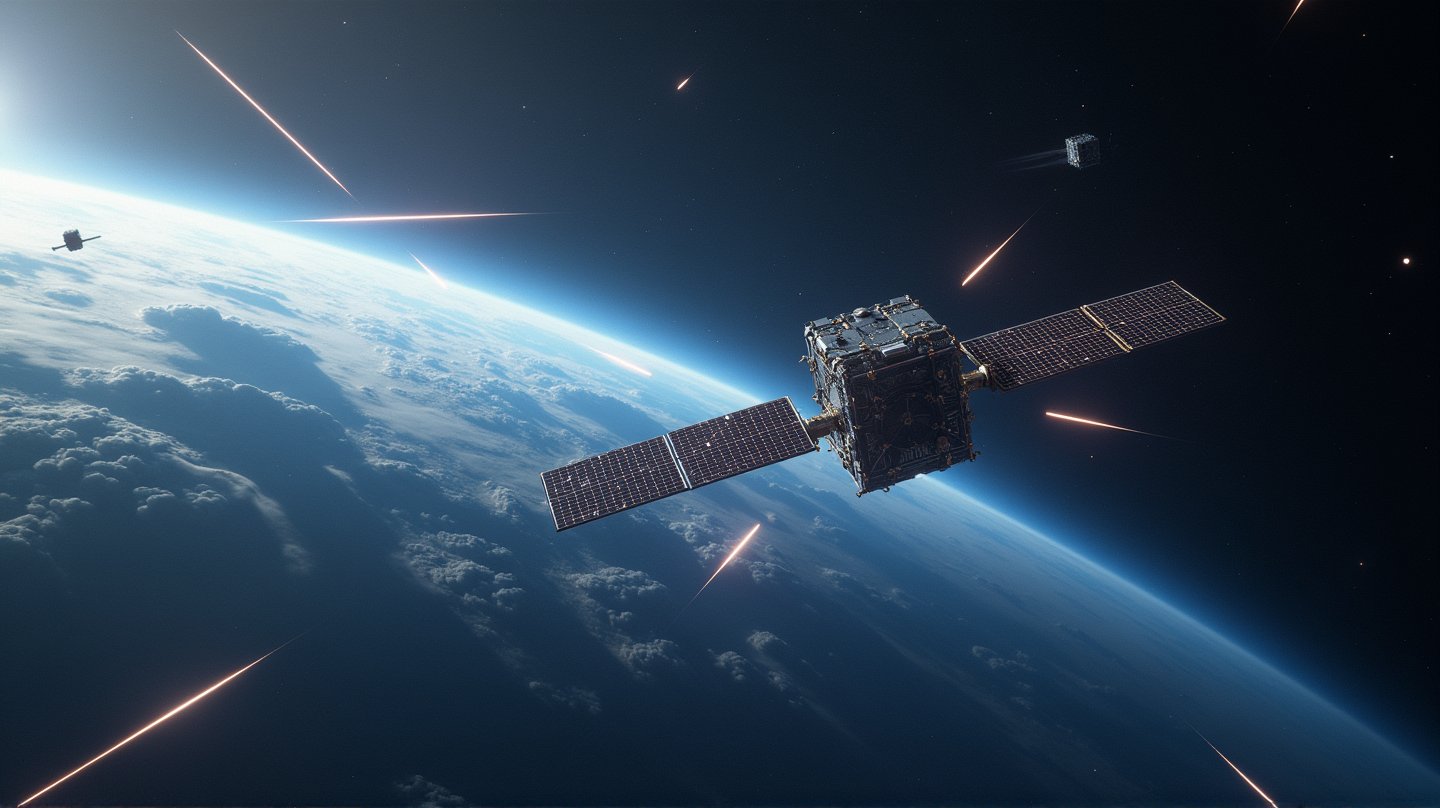In a groundbreaking collaboration set to redefine global navigation, Xona Space Systems has teamed up with Trimble to integrate their correction services with the PULSAR high-performance navigation service. This partnership promises to deliver unparalleled accuracy and reliability in navigation services, leveraging the unique strengths of both companies.
The Power of PULSAR And Trimble
Scheduled for initial satellite launches in late 2026, the PULSAR satellite network is the cornerstone of this collaborative venture. Expected to go live in 2027, this network will offer secure, high-precision positioning, especially tailored for geospatial applications and low-power, mass mobile, and IoT services. According to GPS World, this integration stands poised to meet the diverse needs of industries worldwide.
Trimble Ventures’ investment in Xona underscores the potential of this collaboration. With Xona’s small satellites in low-Earth orbit (LEO), the PULSAR service is being designed to embed high precision correction directly into existing GNSS hardware. This promises scalable, cost-effective solutions across various sectors including civil construction, surveying, mapping, automotive, and IoT.
Tailored Solutions for Modern Challenges
One of the remarkable benefits of the PULSAR network is its enhanced operational capabilities within low-rise buildings and its superior resistance to jamming and interference, as compared to current GNSS systems. This ensures that users, even in high-latitude regions with poor cell coverage, are not left behind in the digital transformation.
The Industry Implications and Future Scope
The integration of Trimble correction services with Xona PULSAR is set to elevate the reliability of navigation systems—a crucial requirement for sectors operating in challenging geographies. From aiding military operations in remote areas to revolutionizing urban planning and development, the implications are vast and transformative.
This innovative partnership marks a significant step toward realizing the future of navigation—a future where precision is no longer compromised by geographical limitations or technological constraints. With the PULSAR network, the world will gain a new vantage point, providing insights and capabilities previously thought impossible.
As we look towards this new era of spatial technologies, the collaboration between Xona Space Systems and Trimble is not just about navigation; it is about unlocking new potential, laying the foundations for technological advances that will inevitably shape our world.
